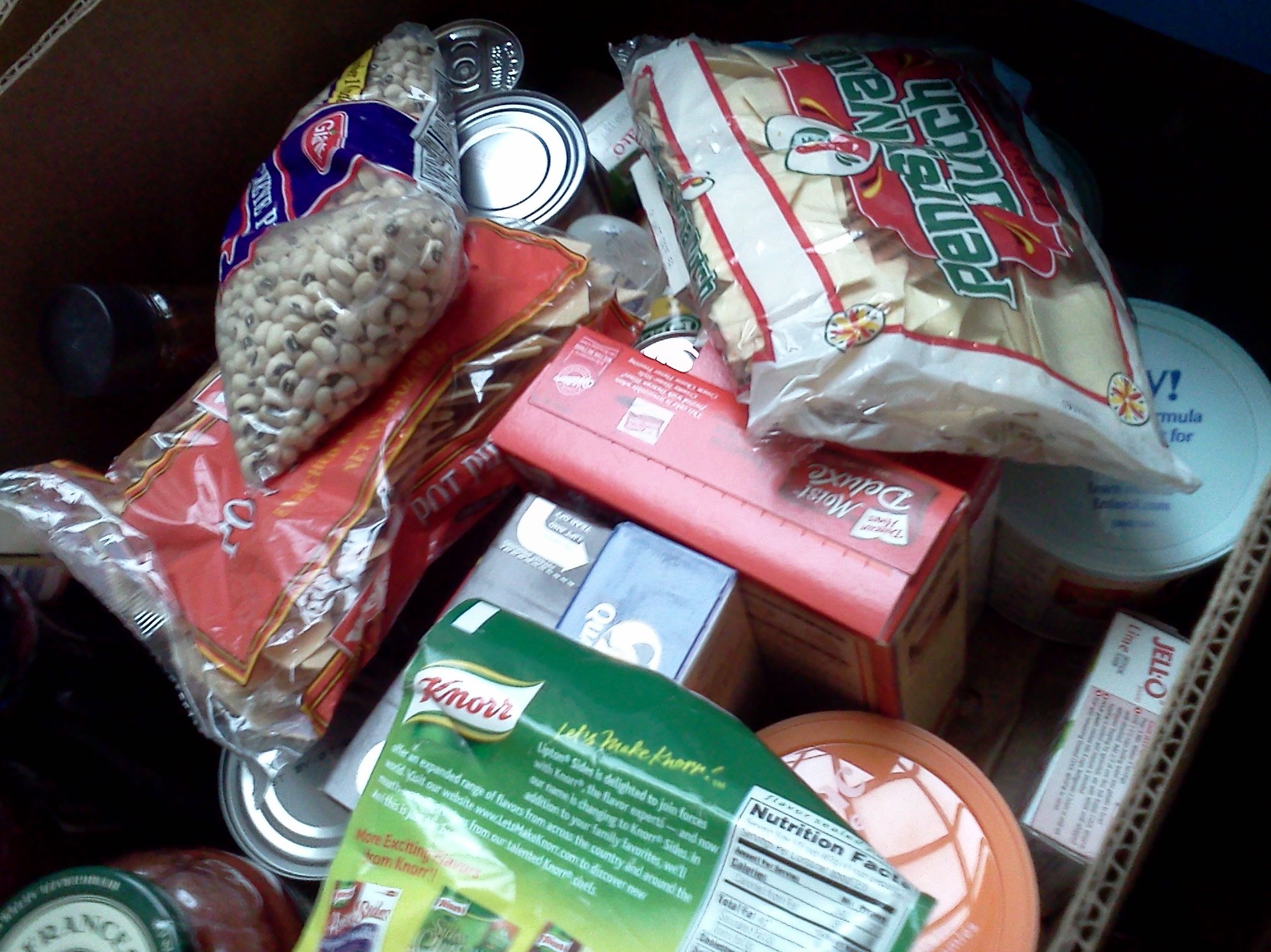Report: 2 in 5 Pennsylvanians Financially Insecure
State-by-state data is shedding new light on the problem of financial insecurity. While 13% of Pennsylvanians live in poverty as defined by their incomes, more than 37% live in what’s known as liquid asset poverty.
“We need to encourage residents to build savings and prepare for the unforeseen,” says Lyn Kugel of PathWays PA, “so that fewer residents are one incident away from financial devastation.”
While the numbers are alarming, Pennsylvania’s liquid asset poverty rate still falls below the national average. This is just one data point that can be found in the Corporation for Enterprise Development’s Assets & Opportunity Scorecard.
Overall, the scorecard ranks Pennsylvania 15th among states, based on five key areas including personal finances.
CFED and local advocates like Kugel say a number of things can be done to encourage asset building in Pennsylvania, including the adoption of a state-level Earned Income Tax Credit (EITC) and the elimination of asset limits on things like foods stamps, which they say is a disincentive for savings.





